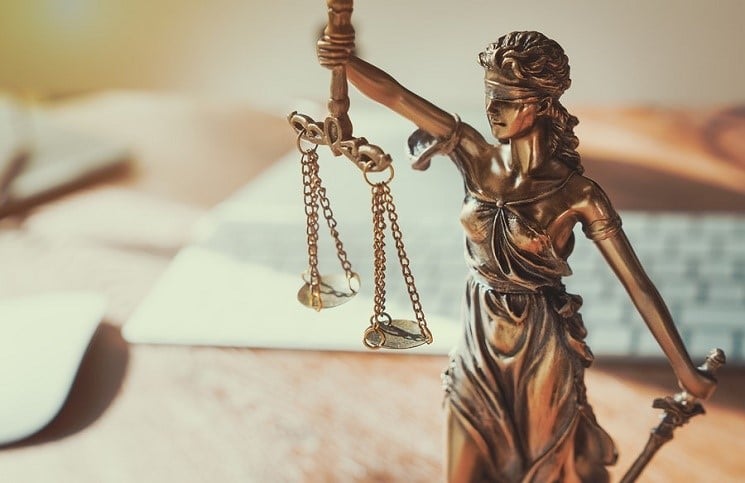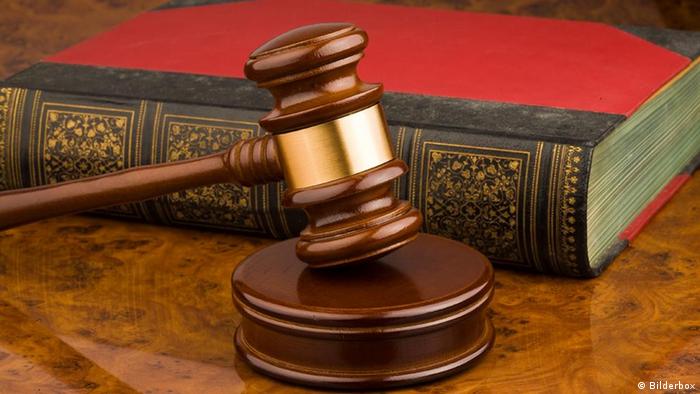Federal judiciary
Article III of the Basic Law of the State of the United States establishes the judiciary as one of the three separate and independent branches of the federal government. The other two are the legislative and executive branches.
Federal courts are often called the guardians of the fundamental law of the land, since their rulings protect the rights and freedoms guaranteed by the fundamental law of the state.
By rendering fair and impartial judgments, federal courts interpret and apply the law in resolving disputes. The courts themselves do not make laws.
This duty is performed by Congress. The courts are not endowed with the right to enforce laws. This function is assumed by the president and numerous departments and institutions of the executive branch.
The Founding Fathers of the nation believed that an independent judiciary was necessary to ensure justice and equal justice for all citizens of the United States.
The Constitution they drafted provides for two main mechanisms for ensuring the independence of the judiciary. First, federal judges are appointed for life and can only be removed from office by impeachment and congressional conviction on treason, giving or taking bribes, and other high crimes and misdemeanors.
Second, the Constitution provides that the remuneration paid to federal judges “may not be reduced while in office,” meaning that neither the president nor Congress can reduce the salary of a federal judge.

These two remedies help independent judges make decisions in pending cases free from popular bias and political influence.
Federal courts in the American system of government
All three branches of the federal government – legislative, executive and judicial – operate within a constitutional system known as the “checks and balances” system.
This means that while each branch is formally separate from the other two, the Constitution often requires cooperation between branches. For example, federal laws are passed by Congress and signed by the president.
The judiciary, in turn, is empowered to decide on the constitutionality of federal laws and resolve other disputes under federal laws, but in terms of the execution of court decisions, judges depend on the executive branch.
U.S. federal courts and Congress
The Constitution gives Congress the power to create federal courts, with the exception of the Supreme Court, and determine their jurisdiction.
It is Congress, not the judiciary, that controls what kinds of cases can be heard in federal courts.
Congress has three other major responsibilities that determine how the courts should work. First, he decides how many judges are needed and where they work. Second, through a judicial confirmation process, Congress determines which of the president’s nominees for judicial office will eventually become federal judges.
Third, Congress approves the federal court budget and allocates funds for the operation of the judiciary. The judiciary’s budget makes up a very small portion—well under one percent—of the total federal budget.
With a few very limited exceptions, every step of federal legal proceedings is open to the public.
U.S. federal courts and the executive branch
Under the Basic Law of the State, the president appoints federal judges with the “advice and consent” of the US House of Congress. Typically, the president consults with senators or other elected officials on nominations for vacancies in the federal courts.
The president’s power to appoint new federal judges is not the only point of contact between the judiciary and the executive. The Department of Justice, which is responsible for prosecuting federal crimes and representing the government in civil cases, is most often the litigant in the federal court system.
Other institutions of executive power also influence the work of the courts. For example, the US Marshals Service provides security for federal courts and judges, and the General Services Administration builds and operates federal courthouses.
Within the executive branch there are several specialized subject courts and numerous federal administrative agencies that adjudicate disputes related to specific federal laws and benefit programs.
These courts include the US Tax Court, the US Court of Military Appeals, and the US Court of Veterans Appeals. Although these courts and agencies are not part of the judiciary established under Article III of the country’s Basic Law, appeals against their decisions are generally referred to the courts established under Article III

U.S. federal courts and the public
With a few very limited exceptions, every step of federal legal proceedings is open to the public. Many federal courthouses are located in historic buildings, and all are designed to inspire the public with respect for the traditions and purposes of American judicial procedure.
An individual who wishes to observe a court session may come to the federal courthouse, consult the court calendar, and observe the process.
Anyone can examine the pleadings and other case materials by going to the court office and requesting a case file. However, unlike most state courts, federal courts generally do not allow television or radio coverage of trials.
The right of the public to have access to legal proceedings stems partly from the basic law of the state, partly from judicial tradition.
By conducting their judicial work in public view, judges build public confidence in the courts and allow citizens to experience first-hand how our judicial system works.
In rare cases, the public may not have full access to court records and process materials. For example, at a high-profile trial, there may not be enough seats in the courtroom for everyone to watch what is happening.
Access to the courtroom may also be restricted for security or confidentiality reasons, such as protecting the interests of a minor or ensuring the safety of a confidential informant.
Finally, some documents may be sealed by the judge, meaning that they are no longer available to the public. Examples of classified information include confidential business papers, certain law enforcement reports, and information about minors.
